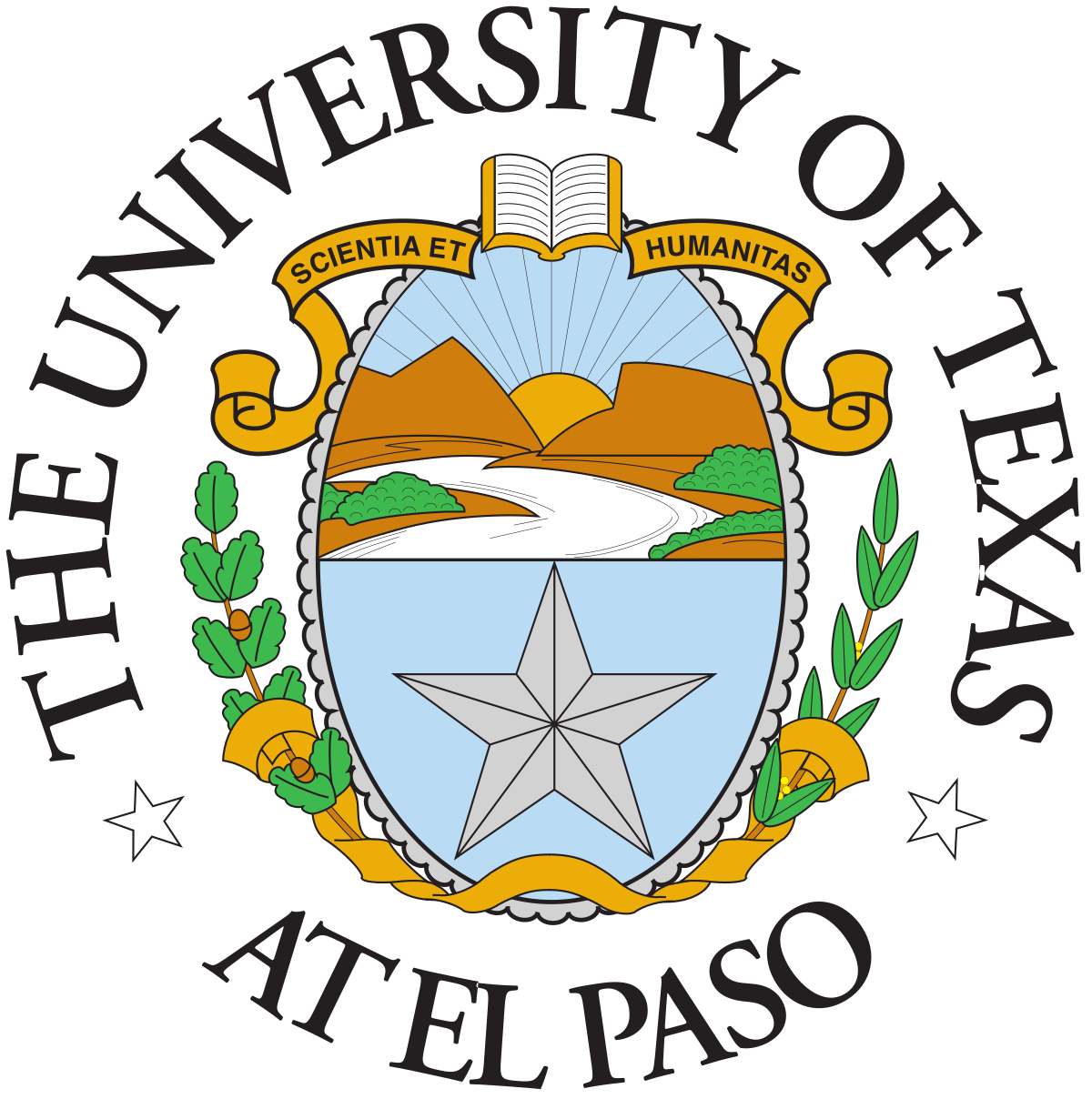Part 2 of 12 Parts (Please read Part 1 first)
Sixteen research projects drawn from NASA, the space industry and academia will receive grants from the NASA Innovative Advanced Concepts (NIAC) program in order to study the feasibility of their concepts. Here are more of the projects.
2. Sustained CubeSat Activity Through Transmitted Electromagnetic Radiation (SCATTER)
Sigrid Close
Stanford University
The SCATTER project studies the capacity of a parent spacecraft to transmit power to and remotely manipulate a small probe spacecraft through a laser transmitter and receiver. Such a capacity would allow the mothership to intermittently deploy probes during a long duration deep space mission to Uranus. The use of solar cells and batteries would be infeasible to power such daughter probes. These probes would allow a single mission to provide multiple scientific measurements such as magnetic field gradients which would lead to a better understanding of the outer planets.
3. Ablative Arc Mining for In-Situ Resource Utilization (ISRU)
Amelia Greig
University of Texas, El Paso
As manned missions to other planetary bodies are carried out, sustainable ISRU infrastructure to make use of local resources for water, building materials, and propellants must be developed. Water is one of the most important resources and it has been the focus of many studies. However, the ability to mine other resources will also become more important. A good mining system should provide for extraction of water and as many other local materials as possible. Ablating surface material with electric arcs produces free ionized particles that can be sorted by mass into separate material groups and transported to a relevant collector via electromagnetic fields. Collectors that are specific to each material type will be utilized in parallel to provide for maximum collection efficiencies and storage conditions for retention. The ionizing arch, electromagnetic sorting and transport, and collector modules will be enclosed in a surface vehicle. This can lead to diverse, efficient, and wide-coverage in-situ resource use for human space exploration. By using an arch to both ablate and ionize the regolith particles, the transport and collection of the volatile materials is more controlled and efficient that the random walks of rarefied neutral particles that are the basis for thermal mining techniques. Using a magnetic field to separate volatiles means that this technique can be readily applied to any material in the regolith, including water and metals ions, in a single system design.
In order to prove the feasibility of ablative lunar arch mining and to determine the potential mining production rates and power requirements, further study is needed. The overall goal of the Phase I NIAC grant is to research and develop a feasible ISRU architecture using ablative arc mining to support lunar explanatory missions. There are three primary objectives for this project.
1) Define a combination ablative arc and electromagnetic transport system for the simultaneous extraction of water, silicon and nickel.
2) Design a mission architecture that is able to produce twenty-two thousand pounds per year to support planned lunar exploration programs.
3) Evaluate the proposed mission architecture concept against other ISRU concepts that are currently under investigation, including resistive heating, microwave heating and direct solar heating.
The two main outcomes of the work will be
1) a mission architecture design at Mission Concept Review level and
2) a mission level trade study of ISRU concepts using criteria evaluated within the framework of supporting a crewed lunar mission.
Please read Part 3 next
